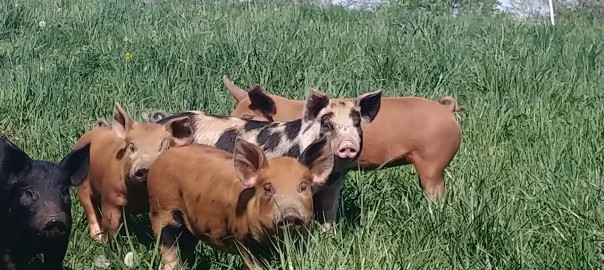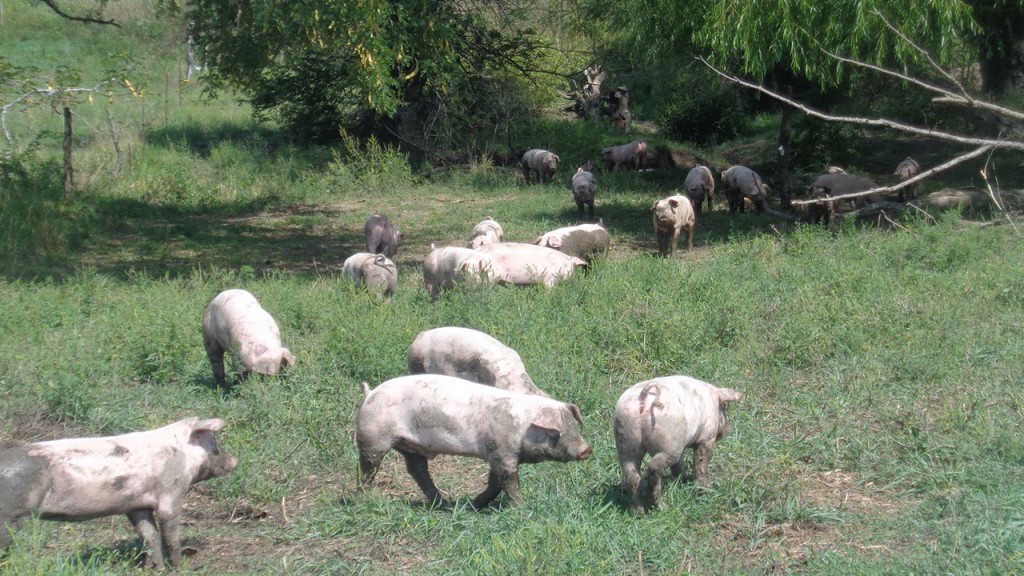Regenerative agriculture is a practice that is increasingly gaining notice from the general public. However, within the farmer community — and beyond, more recently — there is some growing conflict on what regenerative actually means.
Are all organic farms automatically “regenerative” without further action? Can farm animals be raised in any way and be considered “regenerative”? Are small-scale, sustainable farms regenerative by default? The answer to all the above questions is no. So what does regenerative farming mean? The good news is that it’s not complicated.
Regenerative agriculture means that farmers follow practices to make sure that the soil is regenerating, or improving. The essence of this concept s that farmers can use a balance of plants and animals, working together in a natural harmony, to draw carbon out of the atmosphere and put it back into the soil in the form of organic matter.
For a long time, one of the biggest farming buzzwords was sustainable agriculture. But when you stop and think about it, reaching some level of sustainability just isn’t good enough for the problem we are facing with the environment. Think about it this way, if you had a cut on your arm, would you want it to sustain —not get better or worse — or would you want it to regenerate tissue and heal? This is the same idea we use in agriculture, how can we reframe soil as a living thing, and help it to regenerate?
Regenerative agriculture improves the ability of soil microorganisms to thrive, and, as a result, it increases the soil’s ability to infiltrate water. Simple. However, it represents a radical departure from business as usual in the world of farming.
Watch this video to find out more about where your sausage comes from.
One of the most well-known proponents of regenerative agriculture is North Dakota farmer Gabe Brown. You can find more details about his 5 principles of regenerative agriculture at his website: brownsranch.us
Here are some of the details of Gabe Brown’s regenerative practices:
1. Keep a layer of armor on the soil surface. This means that crop stubble or grass residue is left on the surface in large quantities. Think of this as “mulch.” It slows down rainfall, so it doesn’t immediately run off and has a better chance to percolate into the ground.
2. No mechanical tillage. Tillage provides a way for farmers to manage weed problems and loosen the soil. However, a significant amount of carbon is released when the soil is turned and exposed to the atmosphere.
3. Maintain a living root in the ground. Living roots release liquid carbon (as sugar) underground and feed the soil biology. Beneficial microorganisms feed on these sugars and create underground communities.
4. Diversity. Have LOTS of types of plants growing at the same time. Each plant releases a different “flavor” of sugar (liquid carbon). These different sugars attract a diversity of microorganisms.
5. Here comes my favorite…integrate livestock into every plan! The positive animal impact is the process of assisting the earth to digest plant matter and keep those nutrients cycling from plant to animals to soil and back to plant. It turns out that if you graze livestock in the right way, you get more and more grass with less and less human interference. .
As time goes on, I’m sure you will hear more about restorative agriculture.
To distinguish whether a farmer is truly living up to the standards outlined above about restorative farming is relatively easy. The litmus test is as simple as the definition. Do you see lush, green grass? Do you see groups of animals that are tightly bunched and continually moving over fresh, clean ground? If you see that in pictures or at a local farm,, the chances are that soil life is on the rise and carbon is being sequestered in the ground.
Finding farms that use restorative agriculture processes is quite simple. It is also important that more and more farms incorporate these practices as time move on. The health of our planet depends upon it.





